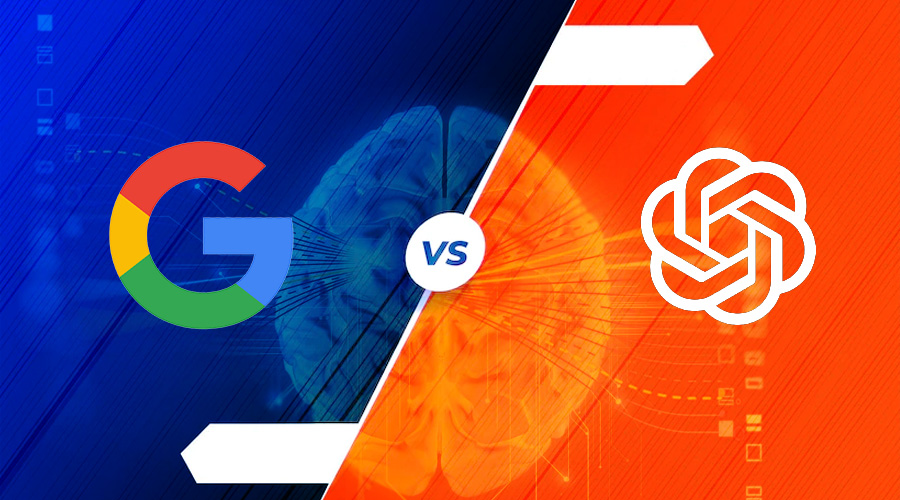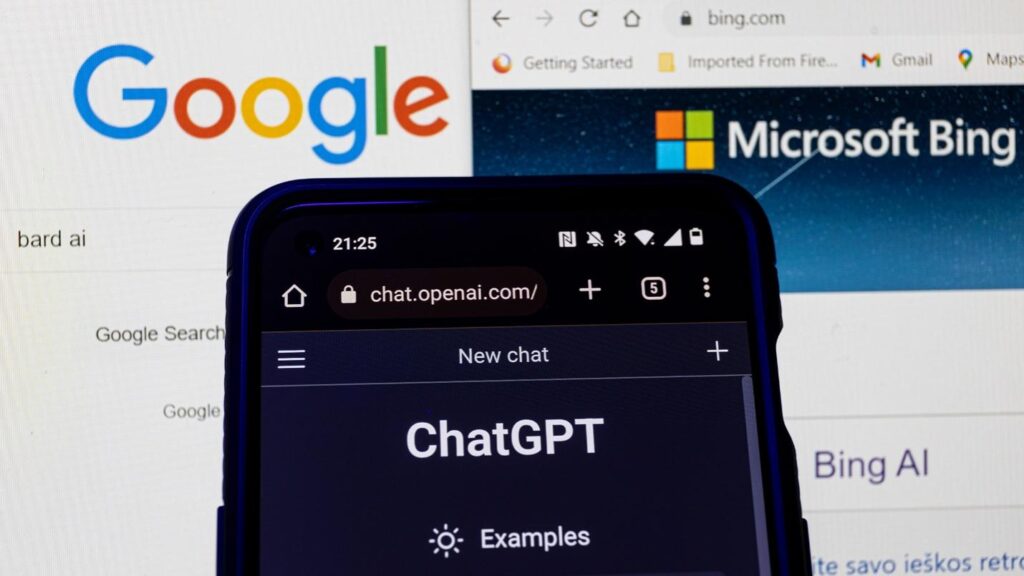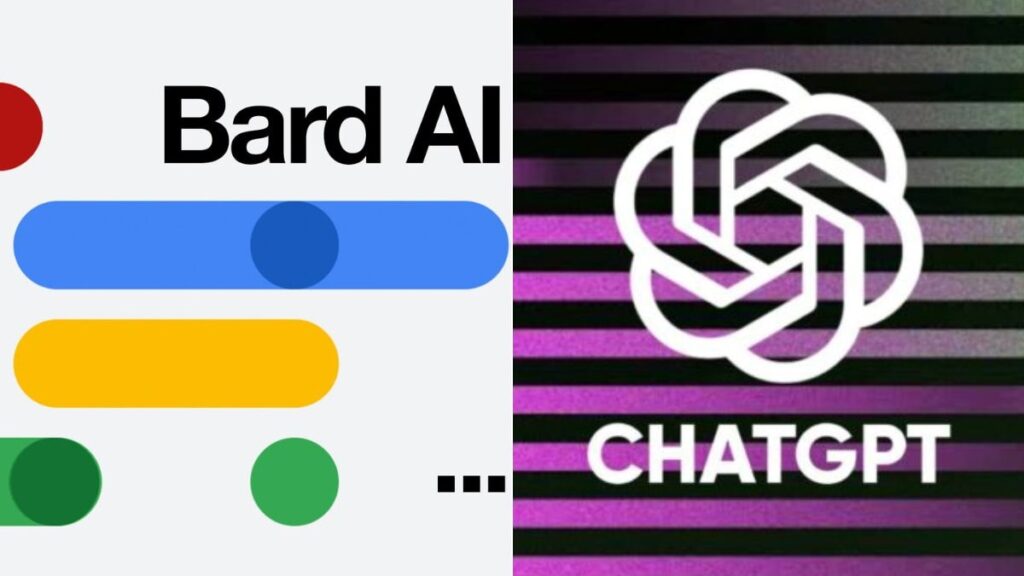
ChatGPT from OpenAI and Bard from Google are two artificial intelligence (AI) models that have drastically altered the landscape of IT innovation. They are both the result of significant technical breakthroughs and were both released to the public by their respective corporations, OpenAI in 2020 and Google in 2021. The release of these AI models was accompanied by aggressive marketing techniques, such as webinars, tech presentations, and open-source partnerships, to showcase the game-changing potential of these advances.
The Evolution of Customer Service with AI
AI has made inroads into customer support, and ChatGPT and Google Bard have shown great potential in this area. ChatGPT is a responsive and accurate AI chatbot that can handle consumer inquiries in real-time. This drastically reduces response times, resulting in higher customer satisfaction. Google Bard, on the other hand, takes a different approach. It makes use of the complexities of human emotions, generating replies that not only answer the user’s inquiry but also resonate emotionally. Bard’s sympathetic approach has garnered him respect in fields requiring sensitive communication. Industry titans like Microsoft have taken advantage of ChatGPT’s benefits, illustrating the broad applicability of these AI models in customer support.

Content Generation: AI’s Creative Frontier
Both AI approaches have shown great usefulness in the field of content development, although in very different ways. ChatGPT’s context awareness allows it to create coherent and logical information. This makes it a popular alternative for organizations who need articles, social media postings, and other comparable material quickly. Google Bard, on the other side, excels at producing narrative-style material. Its capacity to comprehend and imitate numerous writing styles gives it an advantage over firms that require emotional, compelling content. BuzzFeed and other media and entertainment firms have been experimenting with Google Bard to create distinctive and compelling content.
Risk Management and the AI Revolution
Risk management is one less visible but crucial area where these AI technologies are having an influence. Toronto gamblers playing Ontario online slots for real money will be a little bit safer as the casinos deploy AI tools that can detect problem gambling behaviors early. The proprietors of these sites are investigating the use of artificial intelligence (AI) to detect users who display tendencies compatible with compulsive gambling. ChatGPT’s analytical and predictive capabilities enable it to detect irregular behavioral patterns based on user interaction data. Google Bard adds to this by detecting the emotional undertones of user language and identifying potentially problematic behavior early on.
The Seamless Integration of AI in Businesses
The incorporation of AI into corporate operations is not as difficult or time-consuming as it appears. ChatGPT provides simple APIs for integrating into current systems without requiring substantial AI expertise. Google Bard integration needs a bit more technical expertise. Nonetheless, excellent documentation and support from an active user community help to speed the process.
ChatGPT or Google Bard: Which Fits Your Business Needs?
The applicability of ChatGPT or Google Bard is heavily dependent on the specific needs of a business. If your company need rapid, precise replies and continuing consumer connection, ChatGPT may be the tool for you. Google Bard, on the other hand, is a superior alternative if your firm demands emotional, narrative-driven material. It is critical to notice that both AI models are constantly evolving. Businesses will have a better understanding of their entire potential as they further explore their applications and push their boundaries.

Final Reflections: The Future of AI
Finally, ChatGPT and Google Bard are changing the way we live, impacting everything from customer service to risk management. These AI models demonstrate not just artificial intelligence’s astounding advancement, but also its limitless future. As time goes on, organizations must keep up with AI breakthroughs and make strategic decisions about which technologies will best fulfill their goals. Both ChatGPT and Google Bard are intriguing in and of themselves, but their actual value rests in how they are harnessed and deployed to answer specific business concerns.
With AI advancements like ChatGPT and Google Bard at the helm, the future is bright. New applications and enhancements will arise as organizations dive further into their functions. The question is no longer whether AI will change our world; it is how we will manage this inevitable upheaval to gain the most rewards. Whether it’s through Google Bard’s sympathetic replies or ChatGPT’s quick, logical solutions, AI is here to stay and will continue to astound us with its capabilities.
It’s an exciting time for AI and those exploring its boundless potential. The potential uses of AI are diverse and significant, as seen by Ontario’s online gaming companies leveraging AI for risk management.
Whether it’s ChatGPT or Google Bard, the future of AI looks promising indeed.